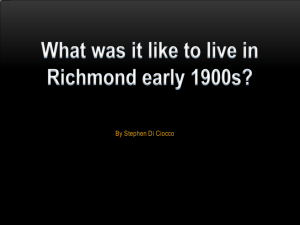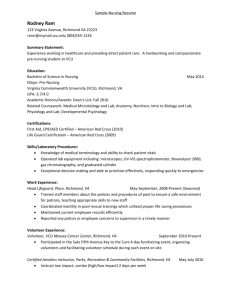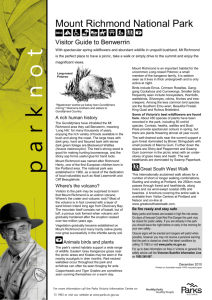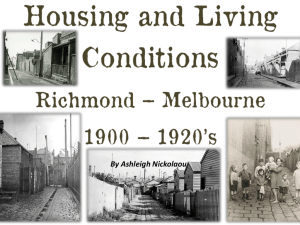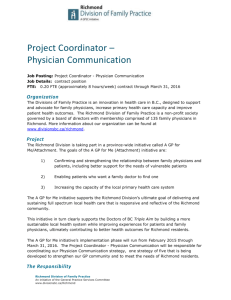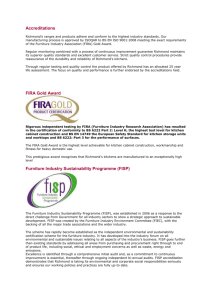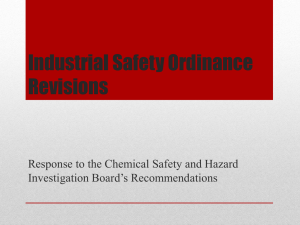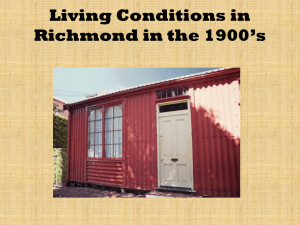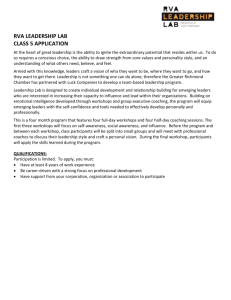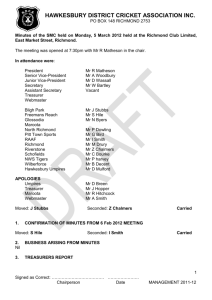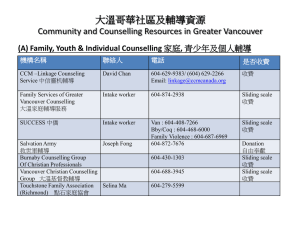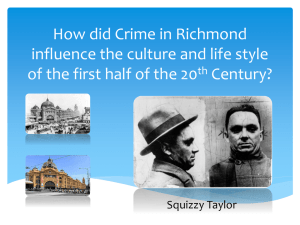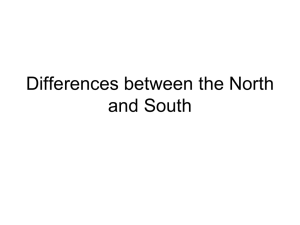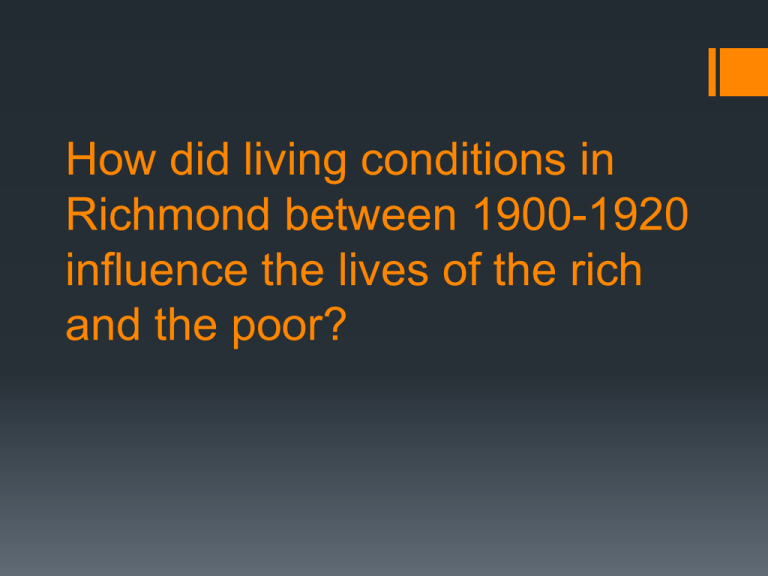
How did living conditions in
Richmond between 1900-1920
influence the lives of the rich
and the poor?
Growing Up
POOR
Middle-class
RICH
- No education at all
because they would
have to work
- Expected to attend a
public school until their
parents couldn’t continue
to pay the fees
-
- Children worked from
the age of 7 to help
support their families
-often left school early to
begin work in factories
- divided by their sex
Completed a private
education
- GIRLS: literature,
French and home
management lessons
- BOYS: more academic
based subjects (to
become lawyers, doctors)
Children’s Lives and Entertainment
Rich children were more than often forbidden to play with the poor children.
POOR
RICH
- Played in alleyways or in the streets
-
- Forced to grow up quickly, as they had to
work from a young age.
- Because rich children didn’t work they
spent more time playing in their gardens
- Had a reputation of joining gangs and
being rowdy in the streets
Children and their families held garden
parties and played wealthy sports such
as tennis and golf.
Housing for the Poor
Poorer families lived at the bottom of hills. Houses were generally made out of
timber or sometimes simple tents. When the Yarra River flooded, water would
collect and weaken the houses, causing dampness rust. Ultimately, this would
influence the quality of life and hygiene of low class citizens.
The Richmond slums were developed during the industrial revolution to allow
easy access to the factories for workers. They developed into dumps covered
in toxic waste. Also, because they were located at the bottom of the hill, they
were vulnerable to floods and sewerage overflow. Consequently this affected
the health and hygiene of many people.
Families had limited access to
clean water and toilets.
Houses often contained an
‘outhouse’, which was cleaned
by the night man. However, if
families couldn’t pay the night
man they were a risk to
diseases and infections.
Families were much than
today, containing around 10
people, which made the
houses very crowded.
Houses usually only contained
two or three rooms.
Housing for the Rich
Commonly, houses contained a
garden or area for children to play.
The houses were often significant
larger than that of the poor, and
they often consisted of two levels.
Generally, they were made of
weatherboards, timber or brick,
resulting in a stronger house far
less prone to damage.
Wealthy families could afford to
have a clean toilet, often inside
the house. Overall, these homes
were much more hygienic.
Therefore, the high class
citizens were less exposed to
diseases and they could afford
the necessities of a clean and
fulfilling lifestyle.
Wealthy families lived near churches and
gardens, often on top of a hill. In
Richmond, wealthy families lived on
Richmond Hill.
Women’s Role in Society
Once a women was married, she
commonly stayed at home and
worked in the house or cared for
the children.
Poor women worked in factories
to help support their family.
However, they were paid only
half the wage of a man
completing the same job.
However, companies such as
Bryant and may provided suitable
and attractive jobs for women.
Rich families could afford to have
maids to clean and care for their
children. Therefore wealthy
women had more time to
socialise and care for their status
in society.
Employment
Working Conditions:
Working conditions in Australia in the early 1900's were very poor. Many people had
to work long an tiring hours in very unhygienic conditions. The machinery used was
very dangerous and caused many injuries and deaths throughout society. Rich
workers had jobs in a safer environment as doctors or business men, this meant
that they were not paid unfairly, or at risk of injury or inflection.
Difference between poor and rich employment:
The rich would usually receive tertiary education, which
enabled them higher class jobs such as doctors or business
men. However, because the poor hadn’t received the same
education, they would be forced to work in the factories.
The lack of education left the poor caught in the cycle of
poverty.
BIBLIOGRAPHY:
http://www.cv.vic.gov.au/stories/the-unsuspectedslums/1430/richmond.-the-childrens-playground/
http://museumvictoria.com.au/melbournemuseum/whatson/curre
nt-exhibitions/melbournestory/bfa/record/?irn=1689332
http://www.retronaut.co/2011/05/american-child-labour-c-19001937/
Corby, Sue and Haskin, Leon, Hard Yakka, 100 years of
Richmond Industry
McCalman, Janet, Struggle Town, 1998
Melbourne Museum
Richmond Historical Society



